Introduction
The 2016 McLaren MP4-31 is a Formula One car that was designed and built by McLaren to compete in the 2016 FIA Formula One World Championship. It is the first car to feature the new Honda power unit and was the first car of the McLaren-Honda partnership since 1992. The car was driven by two-time World Champion Fernando Alonso and Jenson Button, who had replaced Kevin Magnussen. The MP4-31 was the first McLaren-Honda to achieve a podium finish since 1992, when Ayrton Senna won the Monaco Grand Prix.

Design and Development
Chassis
The 2016 MP4-31 was designed by McLaren’s chief designer Peter Prodromou and his team, who started the design process in July 2015. The car featured a carbon-fiber monocoque chassis and an aluminum honeycomb structure. The chassis was made from a single piece of carbon-fiber and was the first car to feature the new Honda power unit.

Aerodynamics
The MP4-31 featured a number of aerodynamic changes over its predecessor, the MP4-30. The nose was re-designed to feature a more aggressive look, while the front wing featured a number of changes to improve the airflow around the car. The front wing was made wider and the endplates were moved further apart, reducing drag and increasing downforce. The rear wing was also tweaked to improve the car’s aerodynamic performance.

Power Unit
The MP4-31 was the first car to feature a Honda power unit since 1992. The power unit featured a 1.6-liter turbocharged V6 engine, which produced a maximum power output of 900 horsepower. The engine was mated to an 8-speed semi-automatic transmission, which was designed to improve the car’s fuel efficiency.

Testing and Debut
The MP4-31 was unveiled in February 2016 and was put through its paces during pre-season testing at the Circuit de Barcelona-Catalunya in March. The car was the first to feature the new Honda power unit and was able to complete a total of 6,024 laps during the testing period.

Performance
The MP4-31 was able to achieve a number of impressive results throughout the 2016 season. The car was able to achieve a podium finish at the Australian Grand Prix, with Fernando Alonso finishing in third place. The car also achieved a number of points finishes, with the team finishing in fifth place in the Constructors’ Championship.
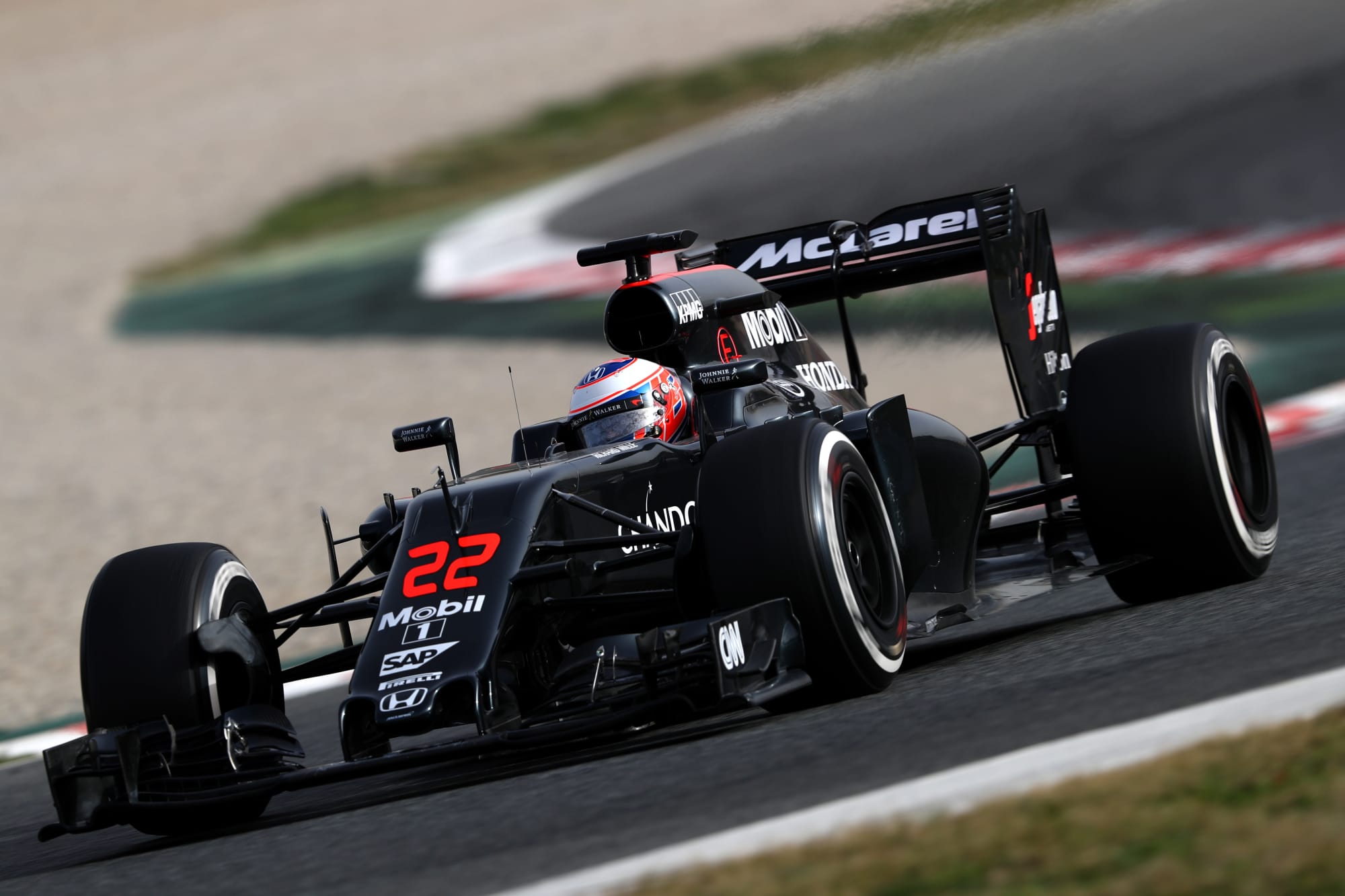
Upgrades
The MP4-31 underwent a number of upgrades throughout the 2016 season. The most significant upgrade came at the Belgian Grand Prix, where the team introduced a revised front wing and a new rear wing. The upgrades improved the car’s aerodynamic performance and enabled the team to score points in seven of the remaining nine races.
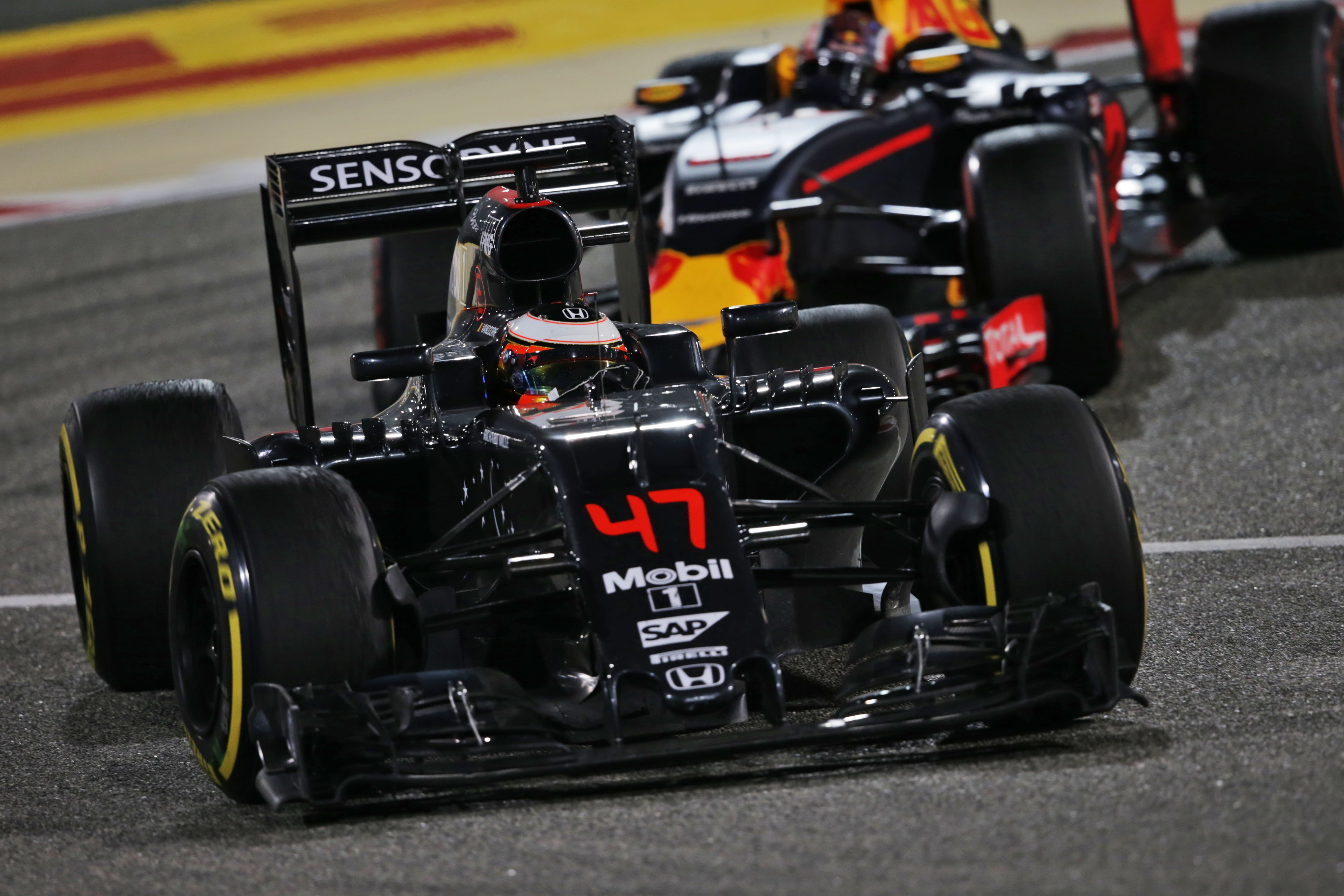
Legacy
The MP4-31 was the first car to feature the new Honda power unit and was the first car of the McLaren-Honda partnership since 1992. The car was able to achieve a number of impressive results throughout the 2016 season, with the team finishing in fifth place in the Constructors’ Championship. The car also achieved a number of podium finishes, with Fernando Alonso finishing in third place at the Australian Grand Prix.
Conclusion
The 2016 McLaren MP4-31 was an important car for the team, as it marked the return of the McLaren-Honda partnership. The car was able to achieve a number of impressive results throughout the 2016 season, with the team finishing in fifth place in the Constructors’ Championship. The car also achieved a number of podium finishes, with Fernando Alonso finishing in third place at the Australian Grand Prix.

Gallery of 2016 McLaren MP4 31
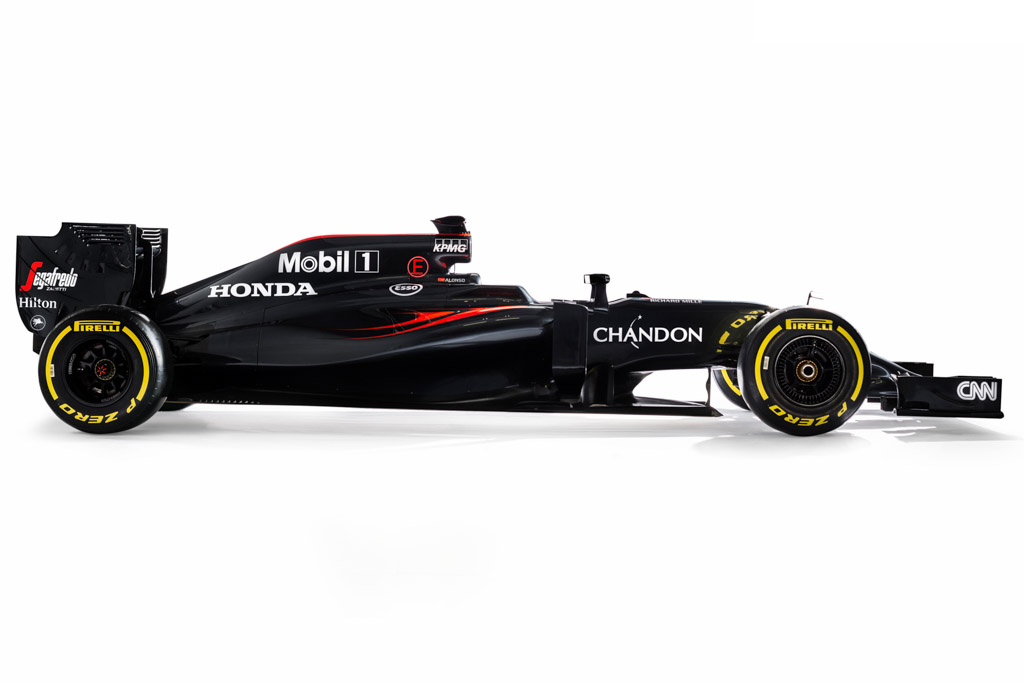
The 2016 McLaren MP4-31 was unveiled in February 2016, featuring a carbon-fiber monocoque chassis and an aluminum honeycomb structure.

The MP4-31 featured a number of aerodynamic changes over its predecessor, the MP4-30, with the front wing being made wider and the endplates being moved further apart.

The power unit featured a 1.6-liter turbocharged V6 engine, which produced a maximum power output of 900 horsepower.

The MP4-31 was able to achieve a podium finish at the Australian Grand Prix, with Fernando Alonso finishing in third place.

The MP4-31 underwent a number of upgrades throughout the 2016 season, with the most significant upgrade coming at the Belgian Grand Prix.

The car was driven by two-time World Champion Fernando Alonso and Jenson Button, who had replaced Kevin Magnussen.

The car also achieved a number of points finishes, with the team finishing in fifth place in the Constructors’ Championship.
![]()
The MP4-31 was the first McLaren-Honda to achieve a podium finish since 1992, when Ayrton Senna won the Monaco Grand Prix.

The car was put through its paces during pre-season testing at the Circuit de Barcelona-Catalunya in March, completing a total of 6,024 laps.< /p>
The MP4-31 was the first car to feature the new Honda power unit and was the first car of the McLaren-Honda partnership since 1992.

